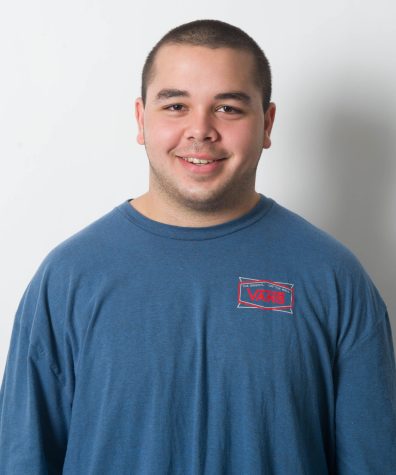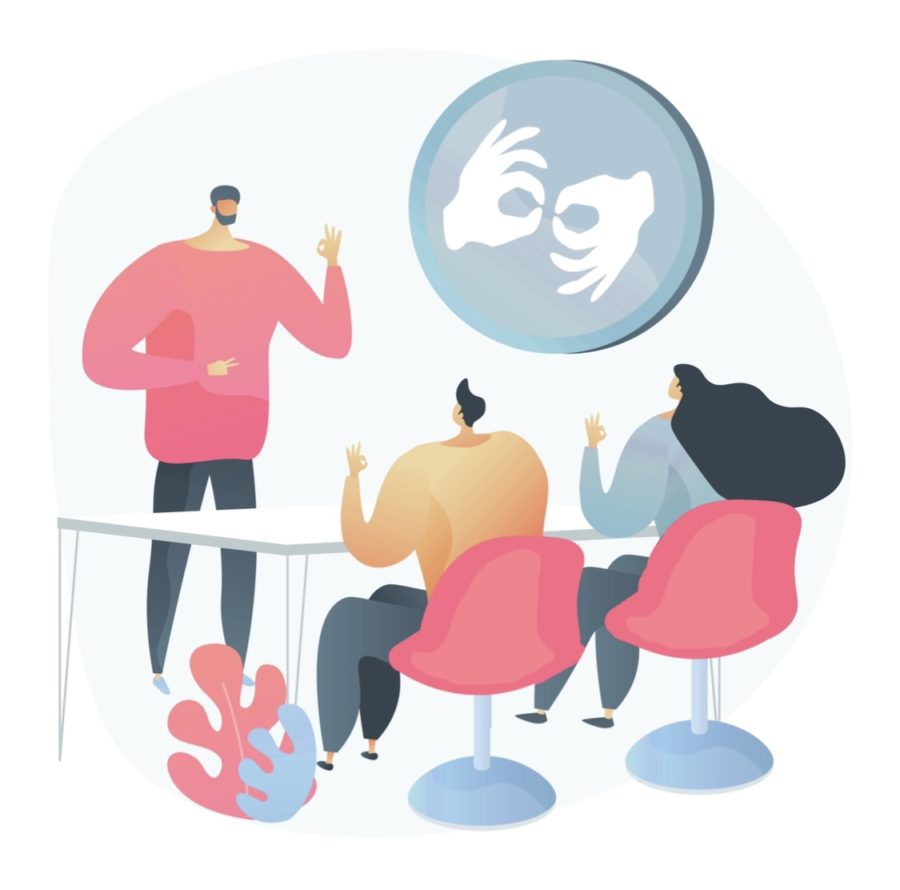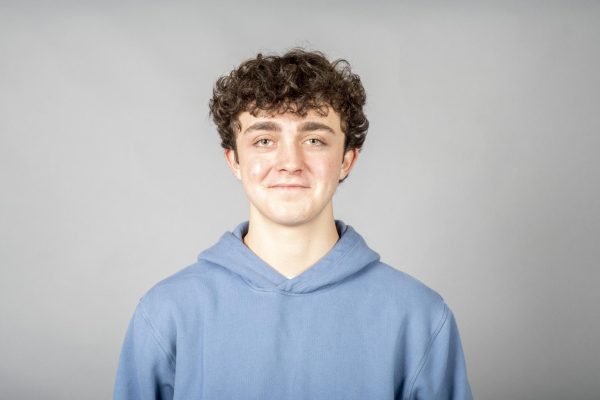Sign of the times
Junior Malia Natividad learned American Sign Language for her language credits
At some point or another every high schooler needs to take a world language class as a part of their lingual education. The road most travelled is to pick the option your older friend or sibling said was easiest; however, junior Malia Natividad chose a more thorough and hands on option, to learn American Sign Language (ASL) through El Camino College.
“I was always interested in [ASL],” Natividad said. “And I’ve always wanted to learn multiple languages. When everything shut down I had the opportunity to take [an ASL] class and I really enjoyed it and I felt like I learned a lot about [ASL] that nobody tells you about anywhere else.”
Natividad has had opportunities to communicate in ASL with her professors, all of whom are deaf themselves, over Zoom and occasionally in person. However, due to COVID she has had to miss out on different opportunities such as deaf events and festivals where she would have interacted with deaf individuals.
“Signing with my professors in person is really cool, it’s actually really scary, but it’s still really cool to have [interactions] in person, and even online,” Natividad said. “Sometimes [signing] is actually hard and sort of limited because I don’t know anyone personally who can really understand sign language.”
According to Natividad, the culture of deaf people is “neglected” and there is still a large gap in community and language between different groups, exemplified by millions of audibly-disabled people in the country. However, learning of the differences and difficulties of the everyday lives of deaf people, like simply going through a drive through, has brought her closer to understanding the deaf community.
“I think [ASL and ASL culture] should be more mainstream and taught because it’s a whole ‘nother culture and language,” Natividad said. “And it’s really interesting but there is just so much people don’t know because it isn’t really taught or talked about. I was actually really disappointed when I came to [RUHS] because I wanted sign language to be my language but it wasn’t offered.”
After she completes her ASL education, high school, and gains her Seal of Biliteracy, Natividad wants to become a lawyer, as well as a certified interpreter.
“I want to represent people who struggle to have a voice,” Natividad said. “I feel like [the deaf community] is a group of people who are underrepresented in the real world. Obviously the communication gap is a big part of that and I feel like [I] could be a good bridge.”
Natividad’s desire to work with, to understand, and to represent others is a motivation that she has carried with herself and continues to carry as she pushes to become a real voice for those who need it.
“I think everyone should try to learn about another culture,” Natividad said. “It doesn’t even have to be deaf culture. There are tons of cultures that are underrepresented and I would challenge people to try and change their perspective and understand that just because [a way of living] may work for you doesn’t mean it works for someone else. And, It never hurts to know a little more about someone else.”

I am a photographer for the High Tide. My duties are to take pictures of events that happen around the school, like athletic events.




